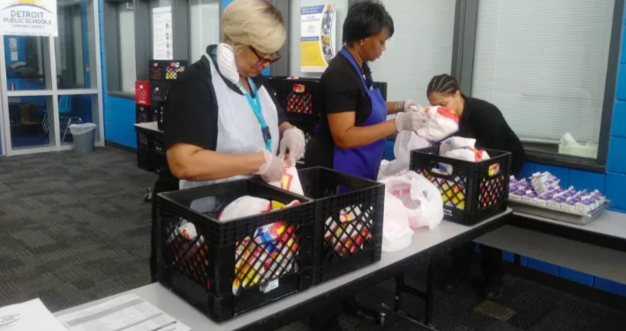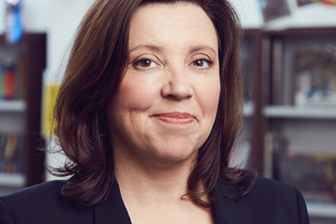
Slight fall in numbers but 3.5 million children still living in poverty in England
Millions of children in England are still living in poverty, with those in the north-east more likely to be affected than any other area of the country, according to new figures.
Research for the End Child Poverty Coalition reveals that although there has been a slight fall nationally, the north east, which includes major cities like Newcastle and Sunderland, saw another year-on-year rise in child poverty in 2020/21.
That is up 1 percentage point from 2019/20, and means that since 2010 child poverty has risen by 7 percentage points in the region, from 31 per cent in 2020/11 to 38 per cent in 2020/21.
Juliet Stone, from the Centre for Research in Social Policy at Loughborough University, wrote the report, and she said: “During 2020/21, a period of great disruption in many areas of life in the UK due to the Covid-19 pandemic, child poverty remained a major issue across the UK despite the additional support provided to low-income families via the £20 uplift to Universal Credit.
“There was wide variation between local areas in the impact of this policy and of the trends in child poverty. In particular, areas affected by already high rates of unemployment and in-work poverty, particularly in the North East of England and in Wales, saw substantial increases in child poverty.
The stark local and regional variation in child poverty rates, presented in this report suggest that the government’s ‘levelling up’ agenda has a long way to go where child poverty is concerned.
The End Child Poverty Coalition says that even with the government’s cost of living support package announced in May, some of the measures proposed are temporary and will only remedy the recent price hike in energy bills and rising prices. These measures, it adds, ‘do not respond to the real terms cuts families have experienced for years’.
Joseph Howes, Chair of the End Child Poverty Coalition, said: “The additional £20 support from the government during the COVID crisis does appear to have affected the figures positively in most areas. This shows that change is possible, these levels of child poverty do not have to be the norm.
“There will always be conflicting government priorities, but surely the wellbeing of the most vulnerable children in our society should be front and centre, particularly as we go through the most severe period of price rises for 40 years.
“It remains incredibly worrying that at a moment like this there is nothing in the government’s Levelling Up strategy on this issue. I just don’t understand this, we must see a national child poverty strategy created, it is heartbreaking that there isn’t one when we can see evidence that shows change really is possible.
“It still feels like we are on the edge of a precipice. There is significant concern that the numbers of children in poverty will now rise again sharply with families facing huge cost increases in the coming months.”
The End Child Poverty Coalition continues to call on the UK government to look for ways of making social security more adequate in the long term so that every family can afford the essentials.
A government spokesman said the eight million most vulnerable families will be protected during the cost-of-living crisis with at least £1,200 in direct payments from this week. They had also expanded access to free school meals, he added, more than any other government in recent decades, and were also supporting families through the Household Support Fund.




